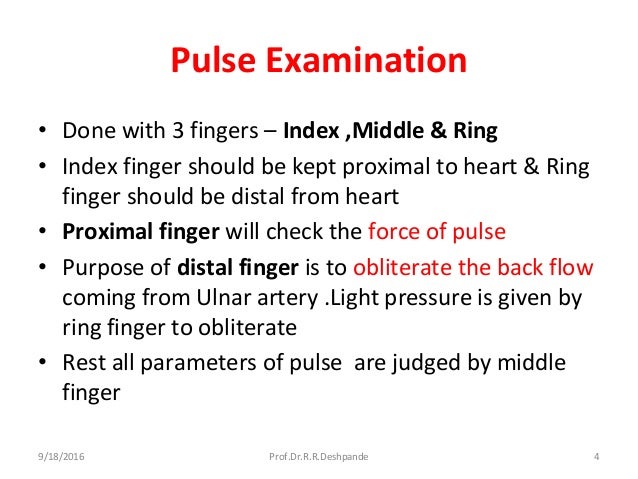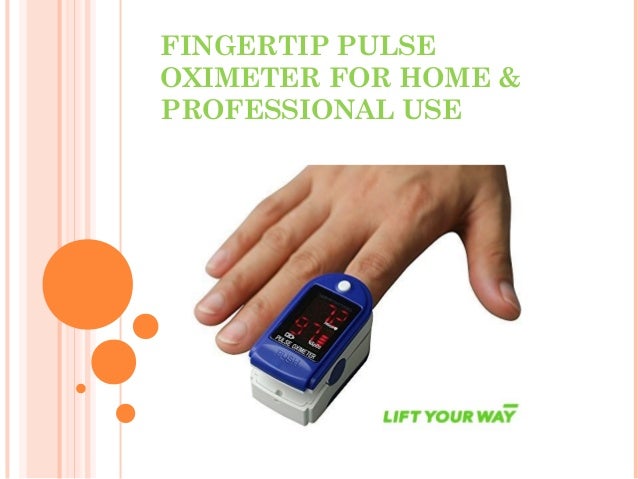Lung Procedures, Tests & Treatments
If you have a symptom of shortness of breath or a known lung or heart condition, your doctor may recommend use of a pulse oximeter. The pulse oximeter, or Pulse Ox,is an electronic device that measures the saturation of oxygen carried in your red blood cells. Pulse oximeters can be attached to your fingers, forehead, nose, foot, ears or toes. The device may then be reused or disposed of. If using this in a home setting, you should ask your healthcare provider before disposing of a pulse ox device, as it can be expensive and is reusable.
TOP PICK: Innovo Deluxe Fingertip Pulse Oximeter with Plethysmograph and Perfusion Index. Single use sterile syringes and needles ‘Spacer’ device for inhaled bronchodilators Automated blood glucose measurement device NIBP / Pulse Oximeter Automated External Defibrillator Basic life support (BLS) is the level of medical care which is used for patients with life.
In February 2021, the Food and Drug Administration issued an alert on limitations of pulse oximeters. If you have poor circulation, dark skin pigmentation, thick skin, currently use tobacco, your skin temperature is cool, or you are wearing dark fingernail polish, long, artificial nails or if your fingers are not clean, the pulse oximeter may give inaccurate or inconsistent readings. This is why the numbers from a pulse oximeter should not be used in isolation to determine your state of health. It is important to share readings that are abnormal or inconsistent with your healthcare provider.

Read about COVID-19 and pulse oximetry in our Each Breath Blog: Pulse Oximetry – A Little Knowledge can be a Dangerous Thing.
What to Expect?
If working accurately, you can expect a simple, quick and safe measure of the oxygen saturation level in your body. The probe will be positioned and within a few seconds, the oximeter will provide a readout of your heart rate and your oxygen saturation level, as in the picture above. There are no needles and no pain involved in oximetry measurement. Some hospitals also use disposable tape probes that wrap around your finger, nose or toe.
The pulse oximeter uses a cold light source that shines a light through the fingertip, making the tip appear to be red. By analyzing the light from the light source that passes through the finger, the device is able to determine the percentage of oxygen in the red blood cell.
Understanding the Results
The pulse oximeter observes a rapid measurement of oxygen saturation level in your body without using needles or taking a blood sample. The measured amount shown on the screen reflects the saturation of your red blood cells with oxygen. This number gives your doctors and nurses an idea of what your treatment will be. The oxygen level may also help to determine if you need to receive supplemental oxygen. This saturation number (a good number would be over 90-92%) differs from a value called the pO2 (a good number would be over 60-65) which is measured by obtaining blood from an artery. Your doctor can clarify the significance of your value related to your particular situation.
What Are the Risks?

There are no known risks or dangers of using a pulse oximeter when the values are reviewed and monitored by a competent health professional.
Page last updated: February 22, 2021
What is pulse oximetry?
Pulse oximetry is a test used to measure the oxygen level (oxygensaturation) of the blood. It is an easy, painless measure of how welloxygen is being sent to parts of your body furthest from your heart, suchas the arms and legs.
A clip-like device called a probe is placed on a body part, such as afinger or ear lobe. The probe uses light to measure how much oxygen is inthe blood. This information helps the healthcare provider decide if aperson needs extra oxygen.
Why might I need pulse oximetry?
Pulse oximetry may be used to see if there is enough oxygen in the blood.This information is needed in many kinds of situations. It may be used:
Pulse Oximeter Usefulness
During or after surgery or procedures that use sedation
To see how well lung medicines are working
To check a person’s ability to handle increased activity levels
To see if a ventilator is needed to help with breathing, or to see how well it’s working
To check a person has moments when breathing stops during sleep (sleep apnea)
Pulse oximetry is also used to check the health of a person with anycondition that affects blood oxygen levels, such as:
Your healthcare provider may have other reasons to advise pulse oximetry.
What are the risks of pulse oximetry?
All procedures have some risks. The risks of this procedure may include:
Incorrect reading if the probe falls off the earlobe, toe, or finger
Skin irritation from adhesive on the probe
Your risks may vary depending on your general health and other factors. Askyour healthcare provider which risks apply most to you. Talk with him orher about any concerns you have.
Pulse Oximeter For Medical Professionals
How do I get ready for pulse oximetry?
Your healthcare provider will explain the procedure to you. Make sure toask any questions you have about the procedure. If a finger probe is to beused, you may be asked to remove fingernail polish.
Your healthcare provider may have other instructions for getting ready.
What happens during pulse oximetry?
You may have your procedure as an outpatient. This means you go home thesame day. Or it may be done as part of a longer stay in the hospital. Theway the procedure is done may vary. It depends on your condition and yourhealthcare provider's methods. In most cases, pulse oximetry will followthis process:
A clip-like device called a probe will be placed on your finger or earlobe. Or, a probe with sticky adhesive may be placed on your forehead or finger.
The probe may be left on for ongoing monitoring.
Or it may be used to take a single reading. The probe will be removed after the test.
Pulse Oximeter Uses
What happens after pulse oximetry?
Pulse Oximeter Used In Hospitals
You can go home after the test, unless you are in the hospital for anotherreason. You may go back to your normal diet and activities as instructed byyour healthcare provider. Your healthcare provider may give you otherinstructions after the procedure.
